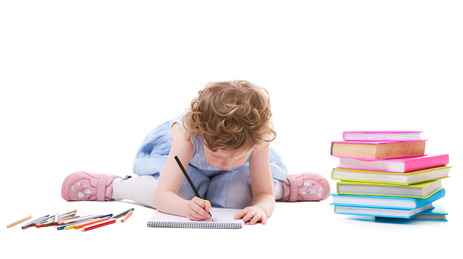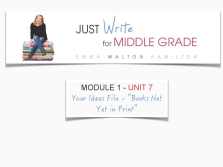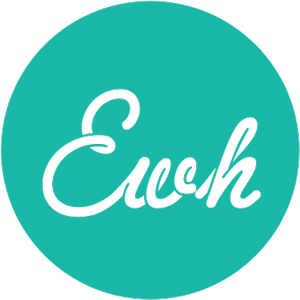
Illustratability
 Picture books tells their stories in two ways: 1) via text, and 2) via illustrations (hence the name “picture book.”)
Picture books tells their stories in two ways: 1) via text, and 2) via illustrations (hence the name “picture book.”)
Occasionally a story will rely more heavily on art than text, or vice-versa – but more often than not, the balance is equal. Great illustrations do not simply mirror or reflect the story – they further it. They inform and elaborate in ways that the necessary economy of text in a picture book cannot. They reveal details about character, behavior, setting and plot that enrich and expand upon the narrative, making for a reading experience that engages aurally, visually, cognitively and emotionally.
While many picture books are enjoyed by emerging or independent readers, they are designed to be read aloud, adult to child. The primary intention behind writing and/or publishing a picture book is for the parent, grandparent, caregiver, teacher, librarian or other loving adult to share the storytelling experience with the child. As the child listens to the adult read, he or she looks at the pictures, thus absorbing as much of the story through the art as through the text. Therefore it is essential that picture book authors (especially those that are not also illustrators themselves) learn how to write with illustrations in mind.
When Jane Yolen spoke at the SCBWI Winter Conference about the 10 words every picture book author must know, she referred to this concept as “illustratability.” She described it as “thinking visually” when writing – making sure that there is action on every page that invites illustration, and avoiding talking heads and internal dialogue.
A character’s thoughts and feelings are not inherently illustratable. Nor are extended discussions between characters. The most successful picture books aalmost all involve a story that is active, and that unfolds with a number of different visual events, locations and experiences. They are visually progressive, as well as being dramatically and/or emotionally progressive.
This, by the way, is one of the reasons I am such an advocate for picture books, and why I don’t buy into the argument that picture books are dying or agree with parents who push their children into chapter books too early at the expense of the picture book experience. Picture books offer the young reader so much more than just a reading experience. The visual stimulation they provide nurtures and develops the imagination in different ways than the decoding of text does. Picture books teach young readers how to absorb story and information visually as well as cognitively – an invaluable skill in later life for everything from understanding and appreciating film, theater and the visual arts to reading body language in negotiations and relationships, interpreting maps and developing a personal aesthetic.
